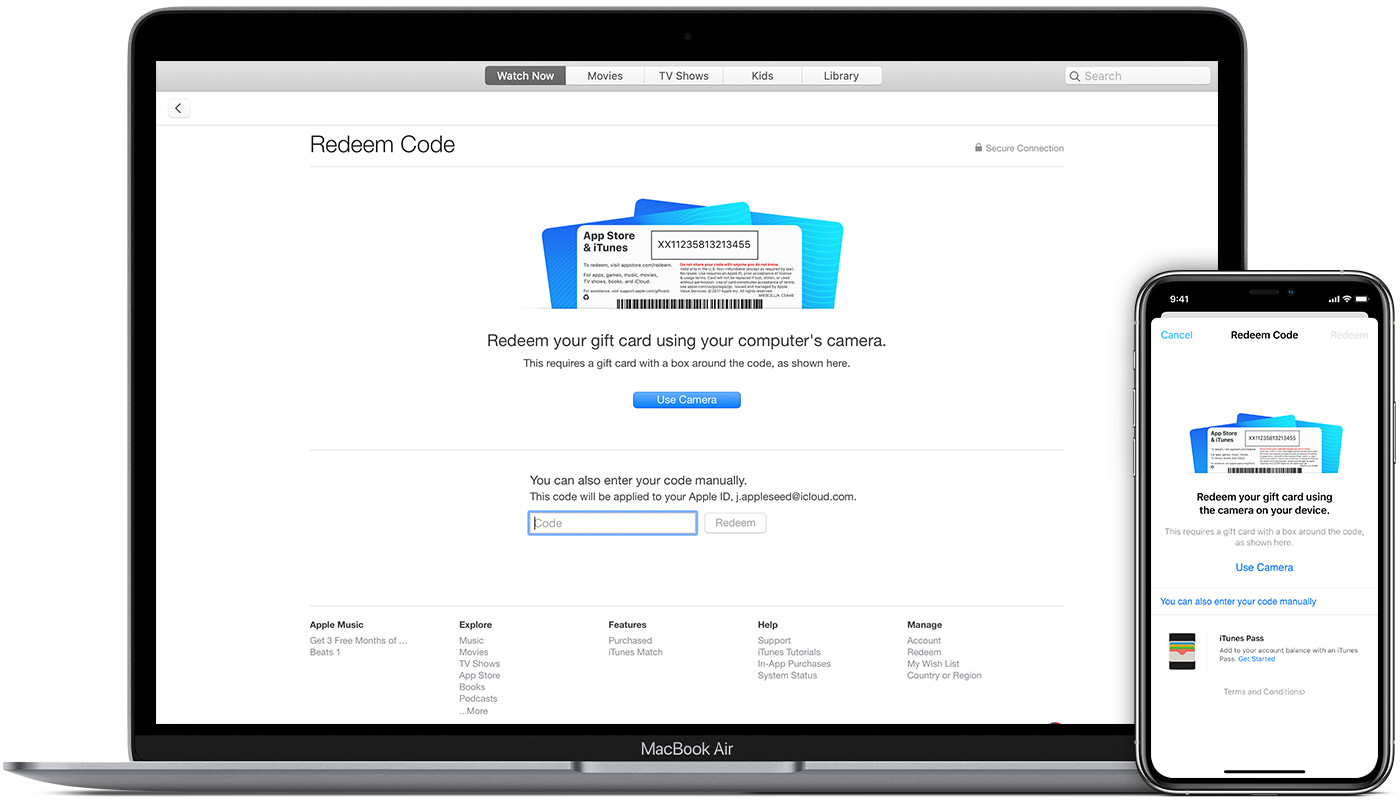

Only fast external SSDs can utilise APFS formatting. If you want to use the drive across PC and Mac, we’d recommend ExFAT, but if you’re on macOS exclusively, we recommend Mac OS Extended (Journaled). Enter a new drive name and select the new format.Select the external drive from the list on the left.Plug your external drive into your Mac.When you’re ready to reformat the drive, follow these steps: We’d recommend using a PC to transfer files prior to reformatting the drive for use with Mac where possible. The good news is that it’s easy to change the format – the bad news is that doing so will completely wipe the drive, deleting any previously-stored data. ExFAT: Upgraded version of FAT32 without file limits, compatible with PC, Mac and Linux.Ĭhances are that if your drive is recognised on PC but not Mac, it uses the NTFS file format.FAT/FAT32: Older file format limited to a maximum 4GB file size, but compatible with PC, Mac and Linux.APFS: File format introduced in macOS Sierra, not compatible with PC.Mac OS Extended: Pre-Sierra file format for Mac, not compatible with PC.NTFS: Default file format for Windows PCs, not compatible with Mac.For those unfamiliar with data formats, there are several popular options: If your external drive appears when plugged into a PC but not your Mac, chances are that the drive’s formatting isn’t compatible with macOS. Once repaired, you should be able to access your external drive as normal.


 0 kommentar(er)
0 kommentar(er)
